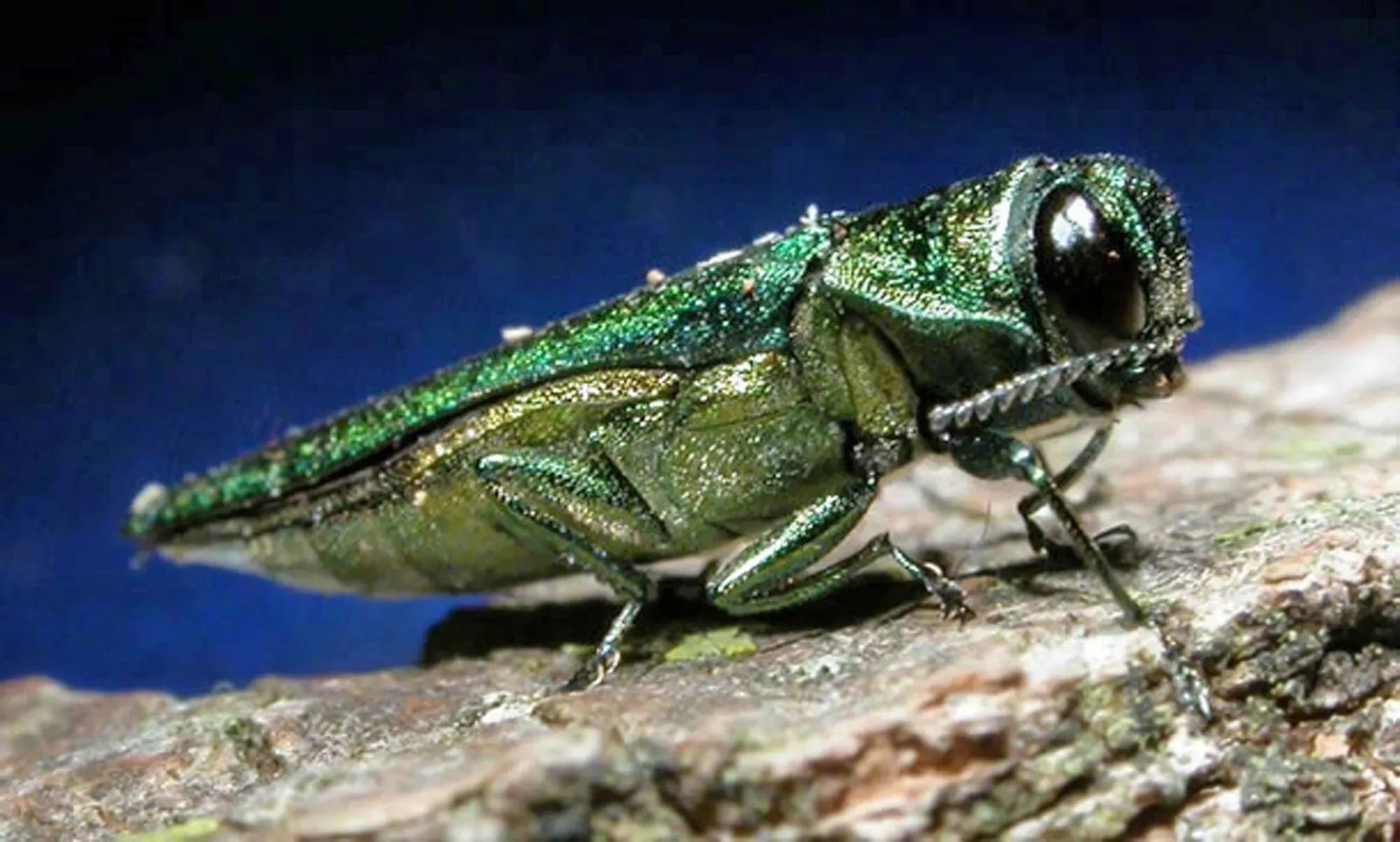The lush landscapes and diverse ecosystems of Tennessee are a sight to behold. However, lurking beneath this natural beauty are invasive insect species that pose a serious threat to the state’s trees. These invaders can wreak havoc on native plant life, disrupt ecosystems, and have far-reaching economic and ecological consequences. In this blog post, we’ll shed light on the top three invasive insect species that are making their mark on Tennessee’s trees.
**1. Emerald Ash Borer (Agrilus planipennis):**
The emerald ash borer, often abbreviated as EAB, is a notorious invasive insect that targets ash trees. Hailing from Asia, this metallic green beetle arrived in the United States in the early 2000s, likely through wood packaging materials. The larvae of the emerald ash borer burrow beneath the bark of ash trees, disrupting the tree’s ability to transport water and nutrients. Over time, infested trees exhibit thinning canopies, dieback, and ultimately succumb to the infestation.
Tennessee, with its substantial ash tree population, has been significantly affected by the emerald ash borer. To combat this threat, the state has implemented quarantines and regulations on the movement of ash wood products to prevent the spread of the beetle. Additionally, efforts to identify and treat infestations early have been critical in mitigating its impact.

**2. Hemlock Woolly Adelgid (Adelges tsugae):**
The hemlock woolly adelgid is a tiny but devastating insect that targets hemlock trees. Originating from East Asia, this pest feeds on the sap of hemlocks, leading to a decline in tree health. One of the distinct characteristics of this invasive species is the presence of a white, wool-like substance that covers the adelgid colonies, protecting them from predators and the environment.
Hemlock trees are crucial components of Tennessee’s forests, providing essential habitat for various wildlife species. The hemlock woolly adelgid has already caused significant hemlock mortality in the state, impacting both the ecological and aesthetic value of forests. Integrated pest management strategies, including the use of predatory beetles and insecticides, are being employed to control the spread of this invasive insect.
**3. Gypsy Moth (Lymantria dispar):**
Although not native to the United States, the gypsy moth has become a well-known invasive species that affects a wide range of trees in Tennessee. The caterpillars of this moth are voracious eaters and can defoliate entire tree canopies, leaving them vulnerable to disease and stress. Gypsy moth infestations can lead to widespread tree mortality, disrupting forest ecosystems and affecting timber and tourism industries.
Tennessee has experienced sporadic outbreaks of gypsy moths, and efforts to monitor and control their populations have been ongoing. Biological control methods involving the introduction of gypsy moth-specific predators and pathogens have been employed to manage infestations and prevent their spread.
**Conclusion: Safeguarding Tennessee’s Trees from Invasive Insects**
Invasive insect species pose a significant threat to Tennessee’s trees and natural ecosystems. The emerald ash borer, hemlock woolly adelgid, and gypsy moth are just a few examples of the invaders that can wreak havoc on the state’s native plant life. Timely detection, effective management strategies, and public awareness are essential in the battle against these invasive intruders. By taking collective action and fostering a deeper understanding of these threats, we can work together to protect Tennessee’s trees and preserve the beauty and health of its landscapes for generations to come.

